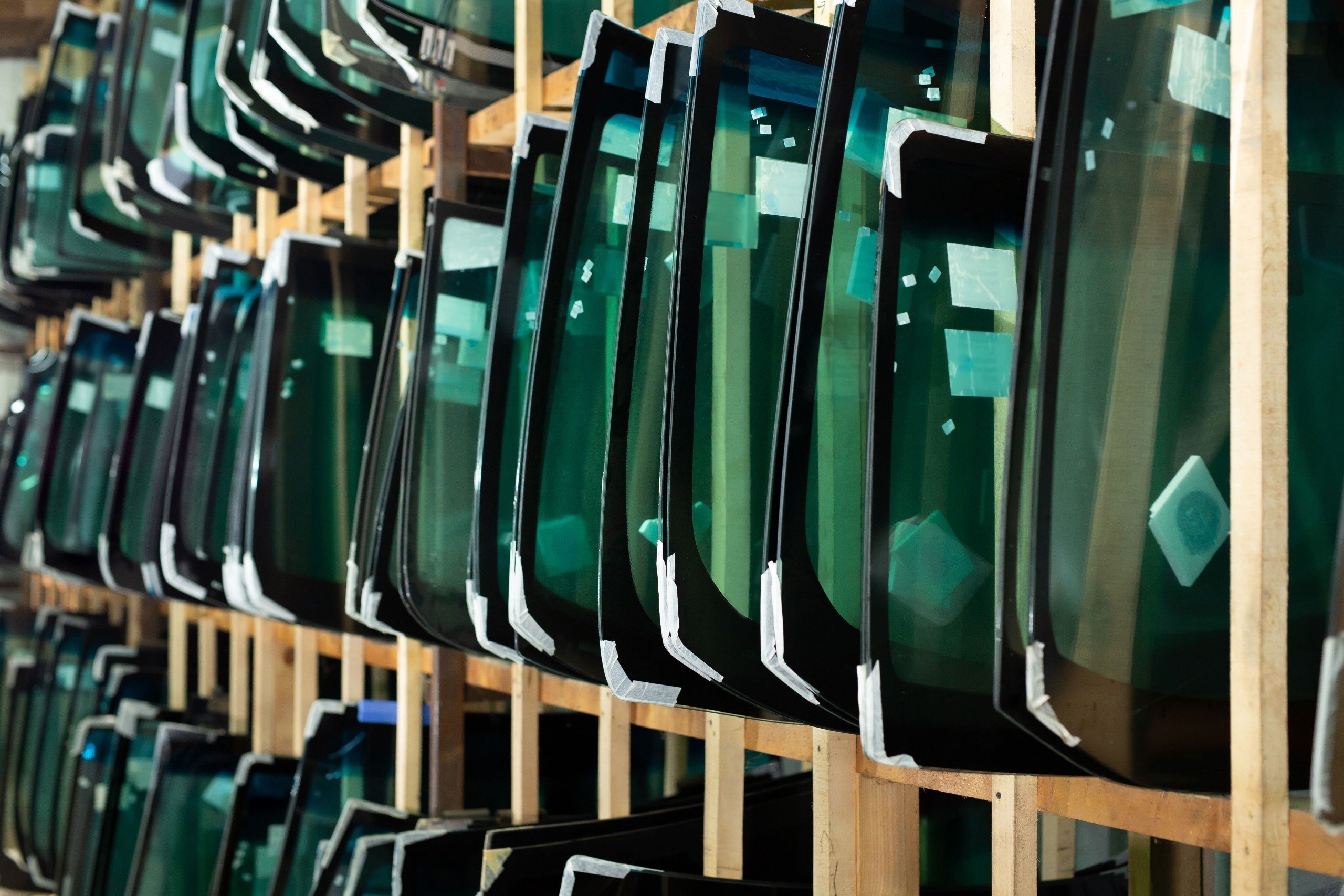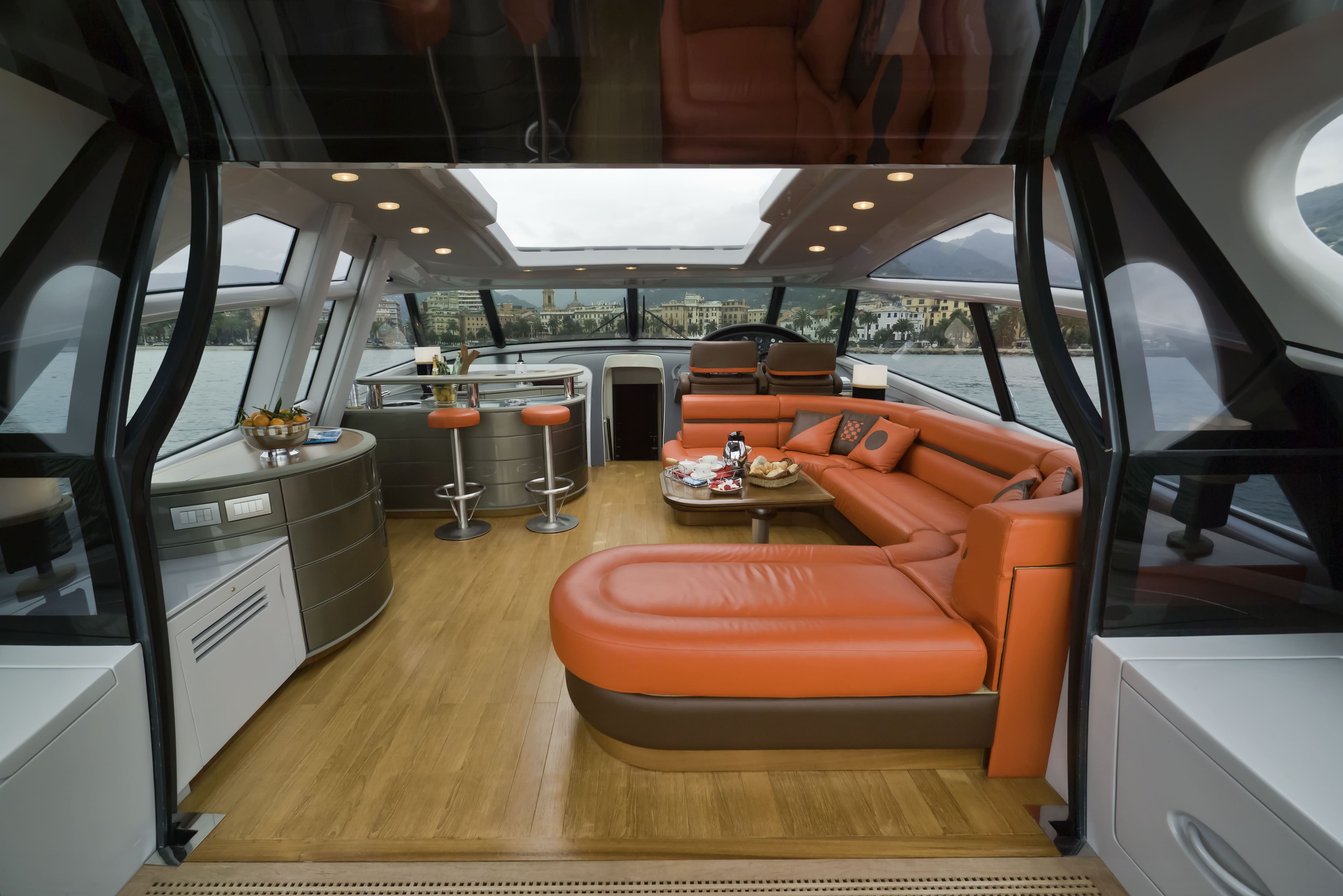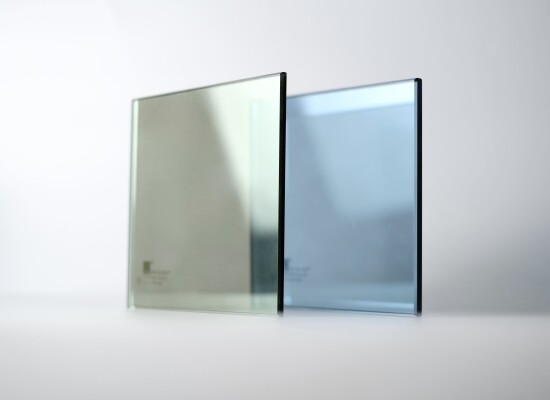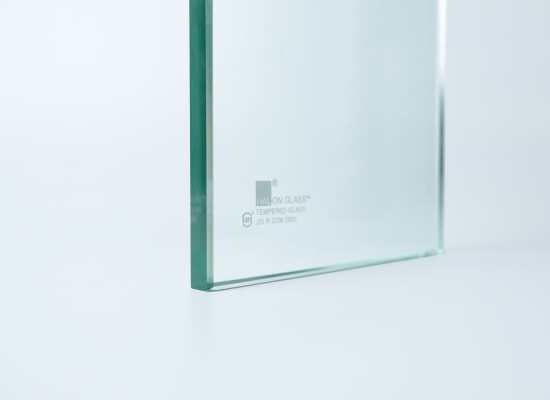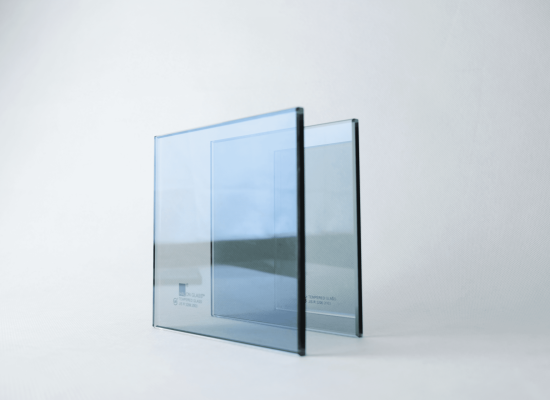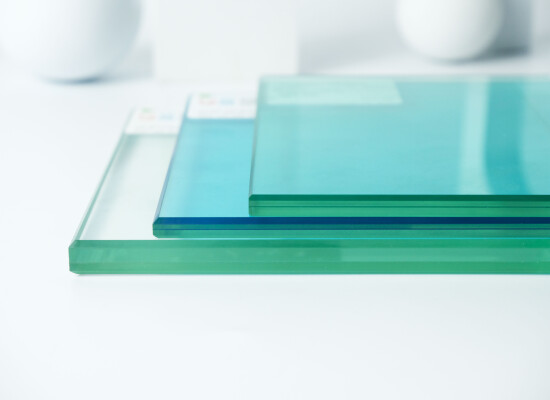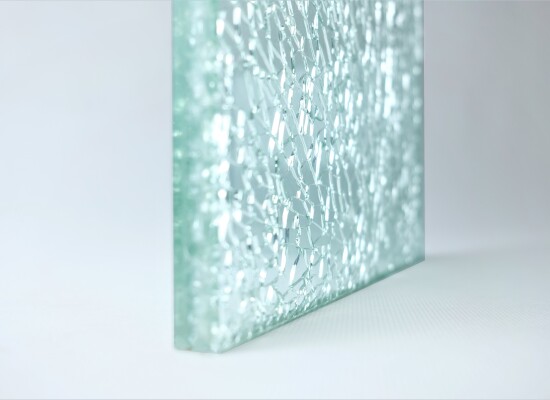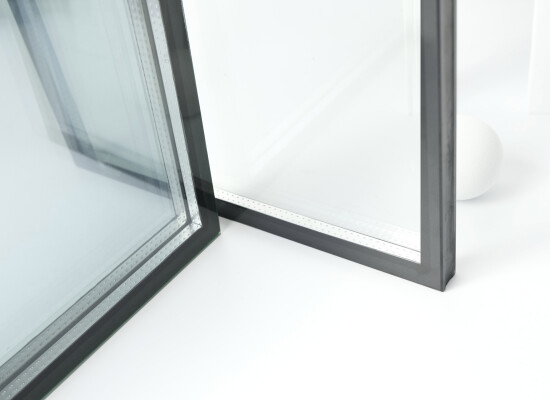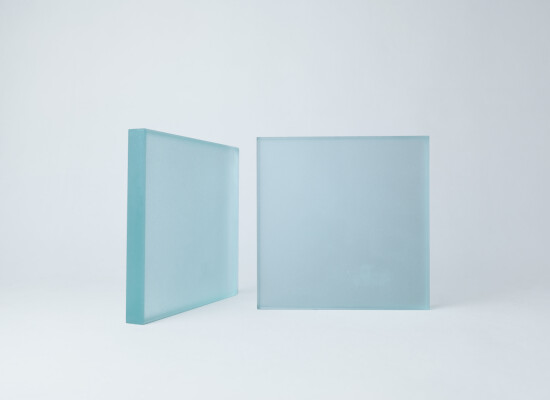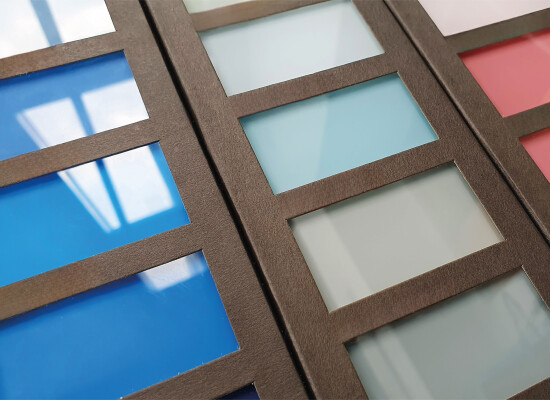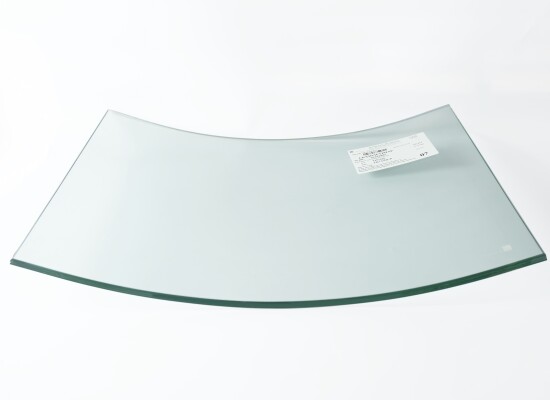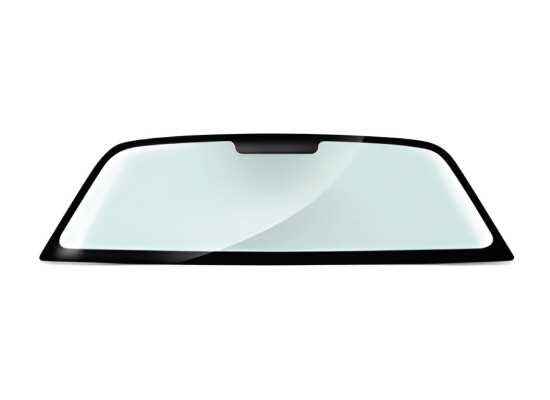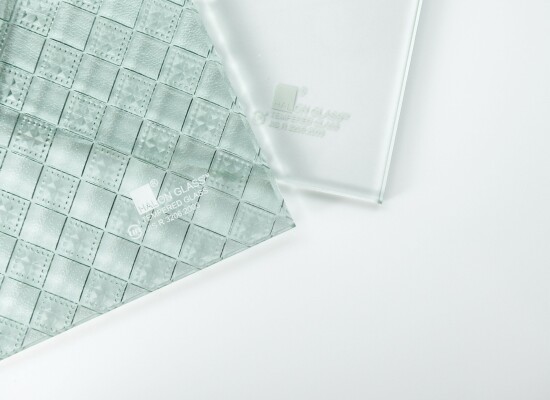
Windshield glass
Car windshields are essentially laminated safety glass made of 3 layers including: 2 layers of tempered glass and in the middle is a layer of high-quality PVB film. Based on high pressure and temperature factors, these 3 layers of glass will be manufactured to be pressed tightly together. At that time, the PVB film layer will apply as tightly as possible to the glass layer, thereby enhancing the ability to absorb the impact of external collisions.
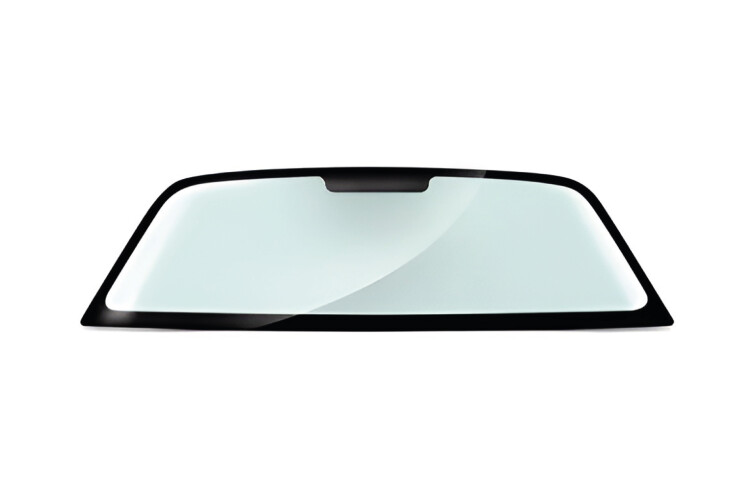
Feature
Car windshield structure
Car windshields are made of 3 layers including: 2 layers of tempered glass and in the middle is a layer of high-quality PVB film.
Based on high pressure and temperature factors, these 3 layers of glass will be manufactured to be pressed tightly together. At that time, the PVB film layer will apply as tightly as possible to the glass layer, thereby enhancing the ability to absorb the impact of external collisions.
In addition, car windshields also help protect the health of people sitting in the car by minimizing the effects of ultraviolet rays from the sun.
The uses of car windshields
The main use of a car windshield is to protect the driver from environmental impacts such as sun, wind, dust... In addition, the glass also helps people in the car not to worry about being hit by foreign objects, especially when the vehicle has to move at high speed.
Not only that, with the outstanding development of current car manufacturing technology, windshields also contribute to increasing the sustainability of the entire vehicle frame system. Thanks to that, drivers will have better safety when facing emergency and dangerous situations.
You can see that most new cars today are equipped with the function of turning on airbags on the windshield. Every time the car senses a collision, the car's airbag will automatically deploy from the steering wheel and cover the driver.
In addition, from both sides of the windshield there will also be additional airbags deployed to ensure the driver's safety. At such a time, the windshield will be affected by extremely high pressure to help the airbag deploy in the correct position.
It can be said that the function and solid structure of the windshield will play an important role in preventing the driver from colliding with the glass, which is very dangerous.
What types of car windshields are there?
Car windshields are divided into two main types: laminated glass and tempered glass. In fact, users often prefer to use laminated glass.
Each glass material will have its own advantages and disadvantages, specifically as follows:
- Laminated glass: Able to withstand great pressure, high durability and toughness. Thanks to that, when there is a collision, the glass will not shatter, but will only crack at the impacted position. At that time, the repairman will peel them off in large pieces, saving both time and effort on repairs. In addition, this type of glass is also made to optimize the ability to protect the driver's safety, avoiding the extremely dangerous situation of being thrown out of the vehicle.
- Tempered glass: because it can withstand great pressure, 7-10 times more than normal glass. When encountering a collision, they will tend to break into tiny pieces to minimize damage to people in the car.
